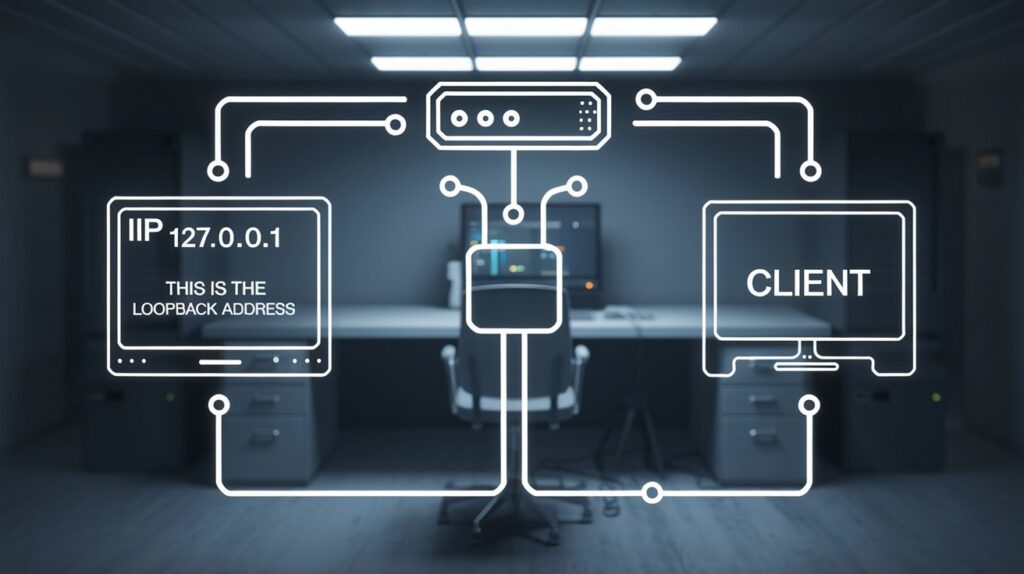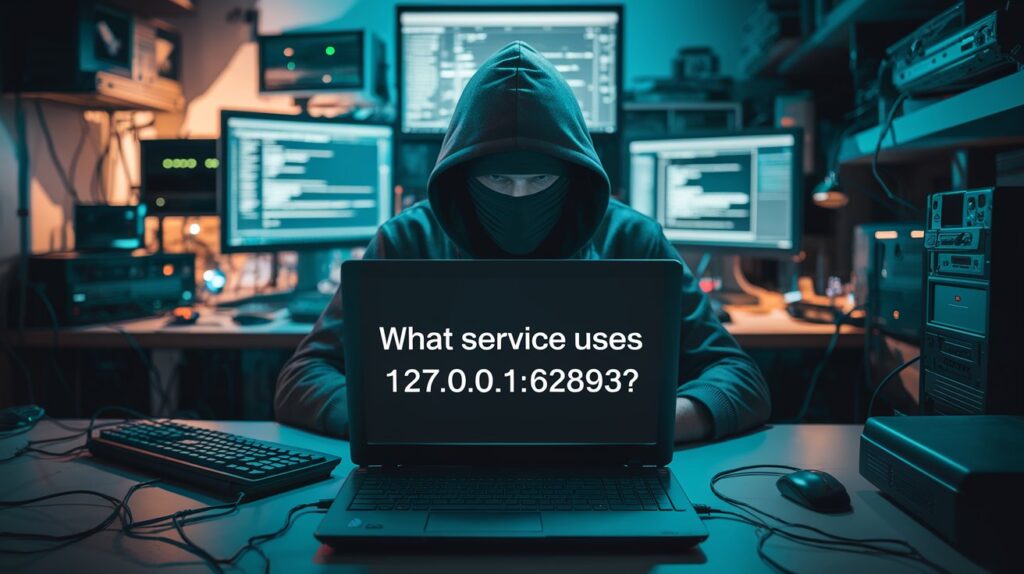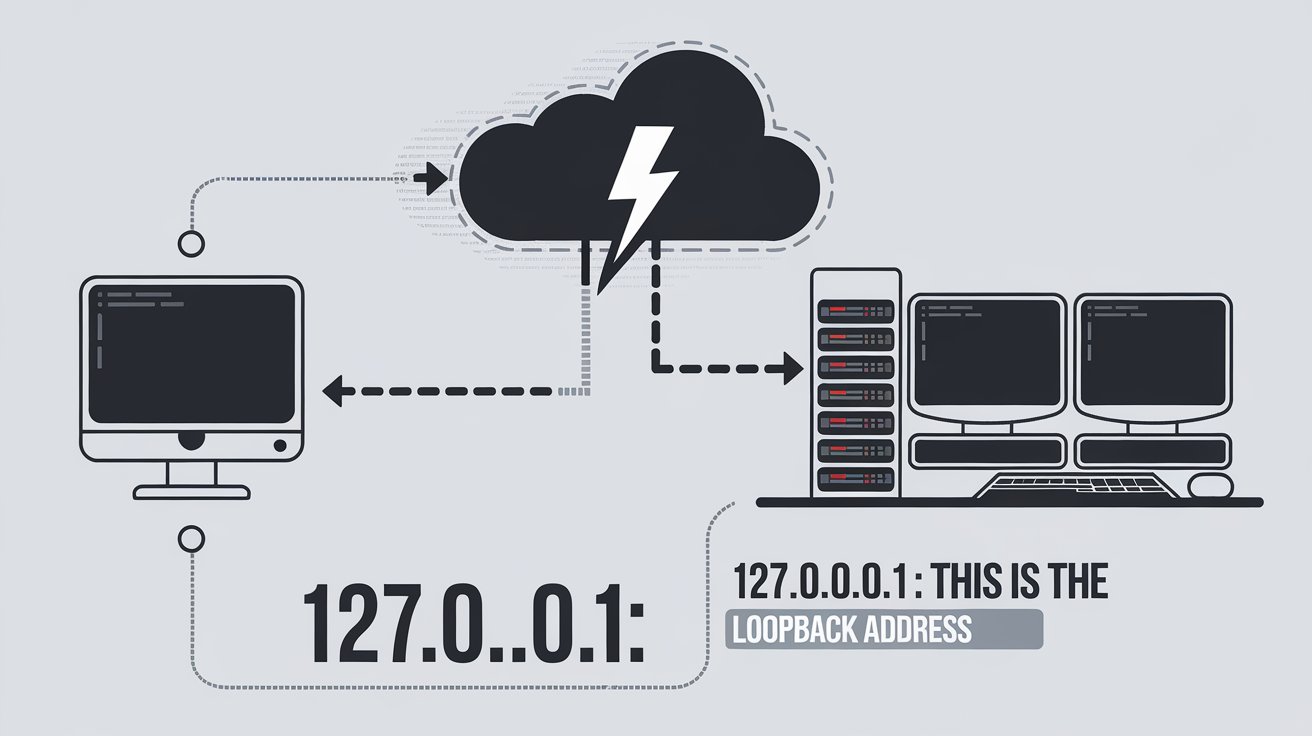When you see an address like 127.0.0.1:62893, it might seem like a random string of numbers, but for those familiar with networking, it holds significant meaning. This address is more than just a jumble of digits; it represents a vital component in the world of computers and networks, particularly in the realms of web development, network testing, and remote access.
What is 127.0.0.1:62893?
127.0.0.1:62893 is a network address that combines an IP address and a port number. Understanding this address requires breaking it down into two parts: 127.0.0.1 and 62893.

127.0.0.1: The Loopback Address
The IP address 127.0.0.1 is known as the loopback address. In simpler terms, it refers to your computer. When you ping 127.0.0.1, you’re sending a message to your machine, asking it to respond. This address is like a mirror within your computer’s network setup, reflecting the source.

62893: The Port Number
Next comes 62893, which is the port number. Ports are like gateways or doors on your computer that allow specific types of data to enter or exit. Each port is associated with a particular application or service, and in this case, 62893 is a unique identifier for a specific service running on your local machine.
Why Use 127.0.0.1:62893?
The combination of 127.0.0.1 and 62893 indicates a connection to a service on your computer. This might not be very clear at first, so let’s explore some scenarios where you might encounter 127.0.0.1:62893.

Web Development
For web developers, 127.0.0.1:62893 can be a crucial tool. When building and testing websites or web applications, developers often run a local web server. By using 127.0.0.1 as the address, they ensure that the server is accessible only from their machine. This means the website or application can be tested thoroughly before being exposed to the internet.
Also Read” Scrivener: The Ultimate Writing Companion
Imagine you’re developing a new website. You set up a local server to host the site and choose 62893 as the port number. When you navigate to 127.0.0.1:62893 in your browser, you’re able to see your website as it would appear online, but it’s safe from public view until you’re ready to launch.
Network Testing
127.0.0.1:62893 is also a valuable tool for network testing. Suppose you’re trying to troubleshoot connectivity issues or ensure that a service is running correctly on your machine. By connecting to 127.0.0.1:62893, you can confirm that the service is active and responding as expected.
For example, if you’ve developed a custom application that listens on port 62893, you can use 127.0.0.1 to send test requests to the application. This helps you identify any bugs or issues before deploying the application to a live environment.
Remote Access
In some cases, applications use 127.0.0.1 for internal communication between different components of the same machine. For instance, a database might use 127.0.0.1:62893 to connect to a web server running on the same computer. This ensures that sensitive data is kept within the machine, providing an added layer of security.
Exploring the Importance of 127.0.0.1:62893
The significance of 127.0.0.1:62893 lies in its role as a local host connection. This setup allows you to interact with services on your computer without the need for an external network. It’s like having a private conversation within your machine, ensuring that no outside parties can eavesdrop.
In today’s world, where privacy and security are paramount, using local host addresses like 127.0.0.1 can offer peace of mind. When a service is bound to 127.0.0.1, it’s inaccessible to the outside world, protecting it from potential threats.
Common Issues and Troubleshooting
While 127.0.0.1:62893 is a powerful tool, it’s not without its challenges. Sometimes, you might encounter issues when trying to connect to this address. Here are some common problems and their solutions:
Service Not Running
One of the most frequent issues is that the service associated with port 62893 might need to be fixed. If you try to connect to 127.0.0.1:62893 and get no response, the first step is to check whether the service is active. You can usually do this by looking at your system’s task manager or using command-line tools like Netstat.
Port Conflicts
Another issue could be a port conflict. If another service is already using port 62893, your application won’t be able to bind to that port. This can be resolved by either changing the port number in your application’s configuration or stopping the conflicting service.
Firewall or Security Software
Sometimes, a firewall or security software might block access to certain ports, including 62893. If you’re having trouble connecting, make sure that your firewall settings allow traffic on port 62893.
How to Identify What’s Running on 127.0.0.1:62893
If you’re curious about what service is using 127.0.0.1:62893 on your computer, there are a few methods you can use to find out.
Using Command-Line Tools
On Windows, you can open the Command Prompt and run the following command:
bash
Copy code
netstat -a -n -o | find “62893”
This will display a list of all connections and the processes that are using them. Look for the entry with 127.0.0.1:62893 to see which application is associated with it.

Checking System Logs
Another way to identify the service is by checking your system logs. These logs often contain information about what’s running on specific ports, including 62893.
Is 127.0.0.1:62893 Safe?
Security is always a concern when dealing with network connections. The good news is that 127.0.0.1:62893 is generally safe to use. Since 127.0.0.1 refers to your machine, the risk of external attacks is minimal. However, it’s essential to ensure that the service running on port 62893 is secure and free from vulnerabilities.
Conclusion
In summary, 127.0.0.1:62893 is more than just an address; it’s a gateway to services running on your local machine. Whether you’re a web developer testing a new site, a network engineer troubleshooting connections, or just someone curious about what’s happening on your computer, understanding 127.0.0.1:62893 can open up a world of possibilities.
By exploring how 127.0.0.1:62893 works, you gain insight into the intricate workings of your computer’s network. This knowledge empowers you to use your machine more effectively and securely, ensuring that your local services run smoothly and without interruption.


4 thoughts on “127.0.0.1:62893: What It Means and Why It Matters”